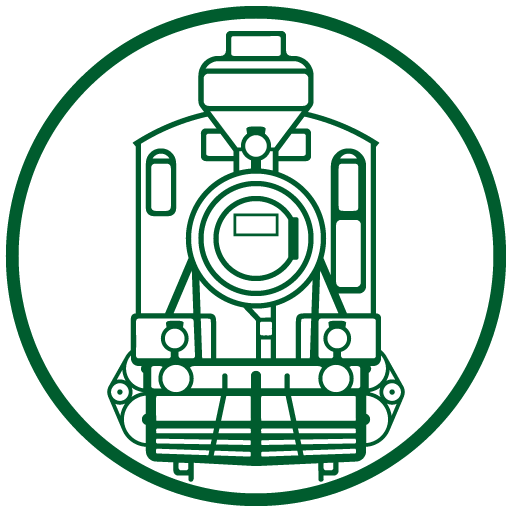Höyryvetureiden maailmanlaajuisen historian yksi ehdottomasti runsaslukuisimmista pyörästötyypeistä oli 2–8–0. Se alkoi tulla käyttöön 1800-luvun loppupuolella, kun tavaraliikenteeseen alettiin kaivata jotain Mogul-vetureita (ks. G-sarjat) tehokkaampaa. Lopullisen läpimurtonsa se teki vasta 1900-luvun puolella ja silloinkin se oli vaihtoehto 0–8–0-pyörästölle, joka oli varsin suosittu mm. Saksassa, Ruotsissa ja Venäjällä.
Erityisen suuressa suosiossa 2–8–0 oli esimerkiksi Yhdysvalloissa (yli 20 000 veturia ja lisäksi n. 12 000 valmistettiin muihin maihin), Australiassa (valmistus jatkui vuoteen 1954), Belgiassa (300 veturin sarja vuonna 1946) ja Englannissa, joissa suuria sarjoja olivat 1. maailmansodan aikainen GCR 8K/ROD, yli 500, LMS:n Stanier 8F, 852, ja WD Austerity (sotaveturi), 935 veturia. Ruotsissa pyörästö tuli laajemmin käyttöön vasta 1930-luvulla, kun suosittujen E-sarjan (0–8–0) vetureiden nopeutta haluttiin korottaa ja 90 veturia muutettiin 2–8–0-pyörästöisiksi (sarja E2).
Suomessa 2–8–0 tuli käyttöön suhteellisen varhain, jo vuonna 1900. Ensin amerikkalaisvalmisteinen K1/Tk1 ja heti sen jälkeen suomalainen versio K2/Tk2 tulivat Itä-Suomen tavaraliikenteeseen mäkisille radoille. Ensimmäisen maailmansodan aikaan tulivat pääradoille raskas K3/Tv1 ja vastaava amerikkalainen K4/Tv2. VR teki 1920-luvun lopulla suuren 100 keveän K5/Tk3-tavaraliikenneveturin hankinnan, joka mullisti hetkessä koko tavaraliikenteen vetovoiman. K3/Tv1 (1917–1945) ja K5/Tk3 (1927–1953) ovat lukumääriltään kaksi suurinta höyryveturisarjaa Suomessa.
Sotatoimikalustossa esiintyy sarja K6/Tr3, joka oli 2–8–0-pyörästöinen venäläinen malli Щ.
The 2–8–0 was one of the most numerous steam locomotive wheel arrangements ever adopted. It started to appear in significant numbers towards the end of the 19th century when railways needed something more powerful than Moguls (see class G). In Europe the breakthrough came at the beginning of the 20th century when it was initially a competitor to the 0–8–0, which was popular in Germany, Russia and Sweden.
To name a few prominent 2–8–0 users: there were more than 20,000 examples in service in the USA (and a further 12,000 were built for export); in Australia new classes were built until 1954; Belgium obtained 300 and Hungary 500 after the Second World War and in the UK there were some numerous classes (the 500 plus GCR 8K/ROD, the 852 LMS Stanier 8F and the 935 WD Austerities). In Sweden the 2–8–0 found considerable use in the 1930s when 90 of the popular E class (0–8–0) were converted to 2–8–0s in order to permit higher speeds.
In Finland the 2–8–0 was introduced fairly early, at the turn of the century when US-built K1 (later Tk1) and Finnish-built K2/Tk2 2–8–0s were put into service on the hilly lines in eastern Finland. During the First World War the SVR obtained the heavy K3 and US-built K4 classes for main line duties. At the end of the 1920s the VR placed orders for 100 light 2–8–0s for its lightly-built lines. They immediately displaced all old freight classes from line service. Classes K3/Tv1 (constructed 1917–45) and K5/Tk3 (1927–53) were the two most numerous steam locomotive classes in Finland.
Among the war booty locomotives was class K6/Tr3, which was a Soviet Щ (SHCH) class 2–8–0.








